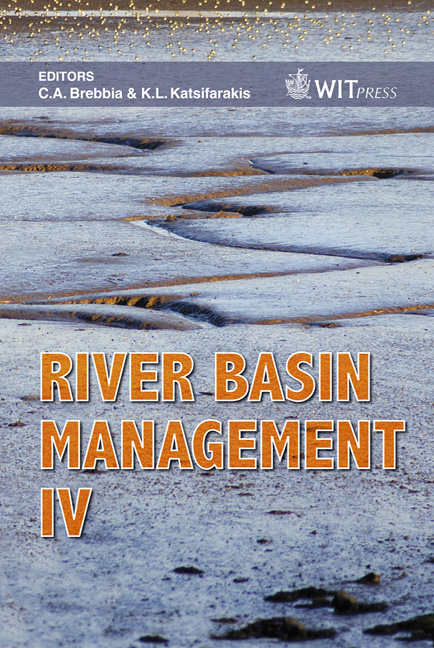The Use Of Modelling To Implement The Water Framework Directive
Price
Free (open access)
Transaction
Volume
104
Pages
10
Published
2007
Size
472 kb
Paper DOI
10.2495/RM070021
Copyright
WIT Press
Author(s)
M. Hartnett, A. Berry & K. Irvine
Abstract
In December 2000 the European Parliament and Council passed into law the EC Directive 2000/60/EC establishing a framework for Community action in the field of water policy, commonly known as the Water Framework Directive (WFD). One of the primary objectives of the Directive is to achieve good ecological status for all waters. The methodologies being adopted by member states are varied using the most appropriate tools; it is specified that one such tool that should be used is numerical modelling. The research reported upon in this paper is the result of a project that was commissioned by the Irish EPA to investigate the role of mathematical modelling in implementing the WFD. The project took account of all categories of models including models of: anthropogenic pressures and impacts: diffuse pollution sources from land; hydrology/hydrogeology/hydrodynamics; dispersion and mass transfer; water quality; nutrient dynamics; eutrophication processes and aquatic ecosystems. Both inland and tidal waters were covered. The research carried out detailed a review of models and discuss their appropriateness for use. One of the main conclusions arising out of this work was detailing the specific areas within the WFD that would benefit from the use of the application of mathematical modelling. Keywords: Water Framework Directive, modelling, nutrients, heavy metals, GIS, rivers, estuaries, integration.
Keywords
Water Framework Directive, modelling, nutrients, heavy metals, GIS, rivers, estuaries, integration.





